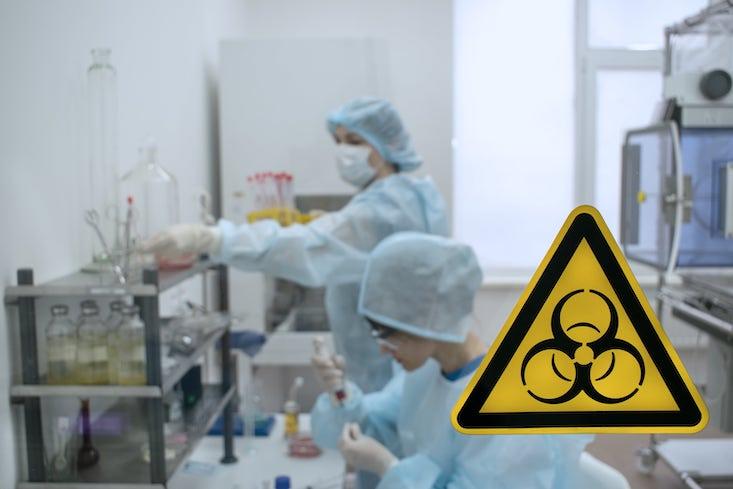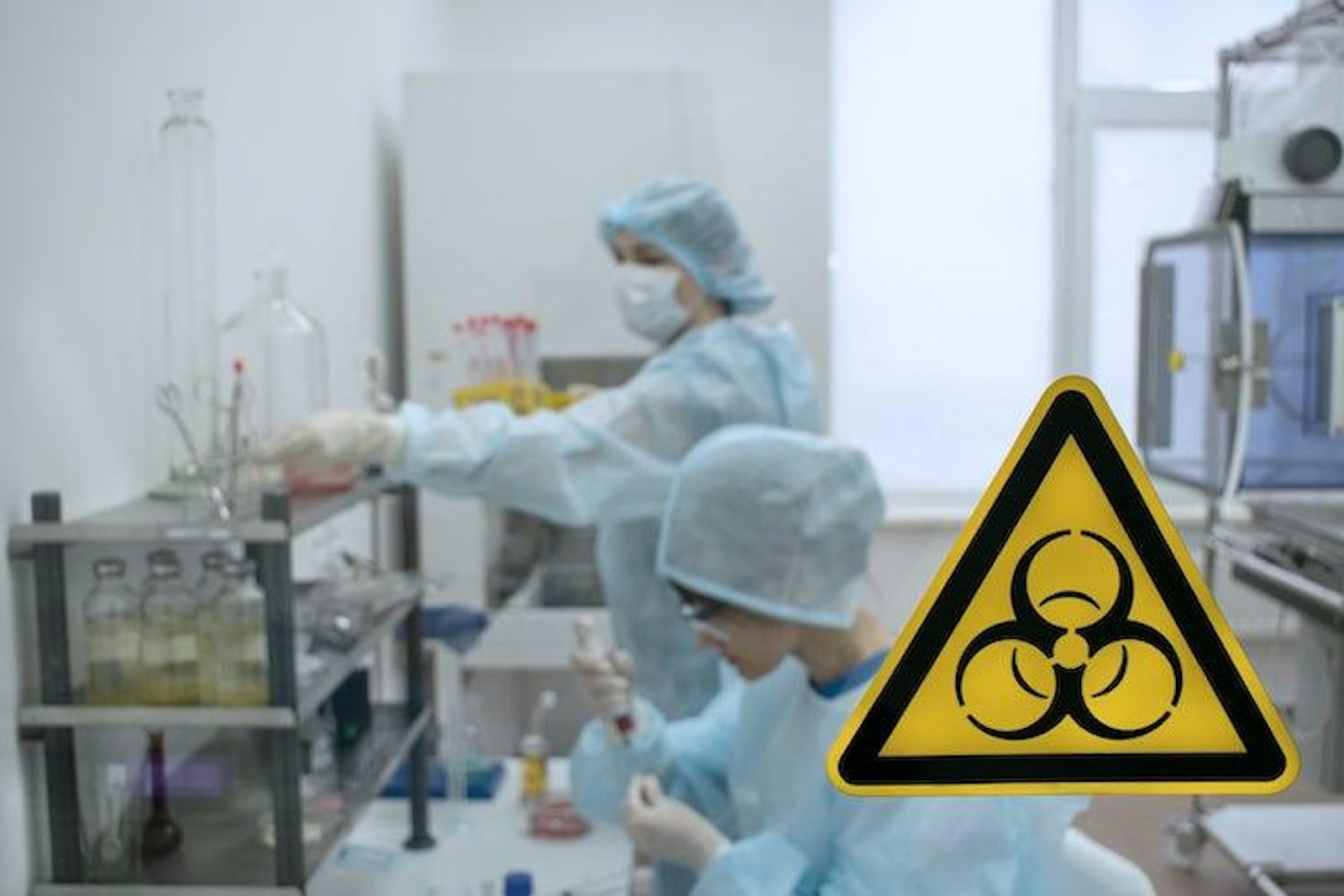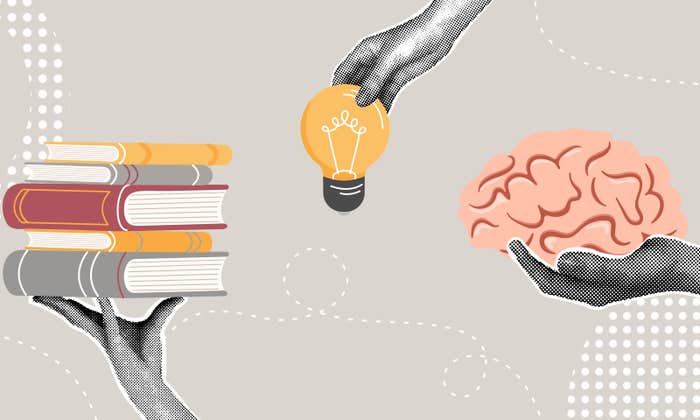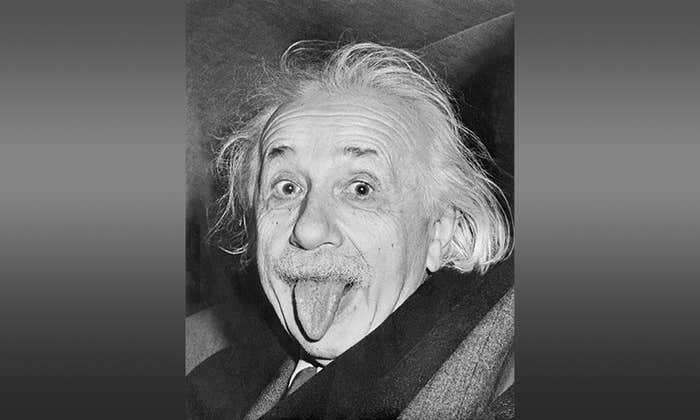
Disasters evoke a search for who to blame. Mishandled disasters make that search vital for anyone whose actions or inactions may have amplified the catastrophe’s damage. As the official United States COVID death toll reaches 600,000, those two dynamics have revitalized a claim first made early in the pandemic: that SARS-CoV-2, the virus that causes the disease, was released, possibly as an engineered organism, in a lab accident at the Wuhan Institute of Virology.
This “lab-leak” hypothesis was first promoted in 2020, often as a deflection of criticism of Trump’s and other Republicans’ failures in the face of the American epidemic. If Chinese scientists had committed the original sin that sparked that catastrophe, the argument seemed to go, surely any subsequent errors would be irrelevant.
The lab-leak hypothesis certainly counts as exceptional.
That naked political aim kept lab-leak speculation in the background for most of the last year. Any rumblings were largely restricted to xenophobes seeking to blame what Trump routinely called “the China virus.” When asked, experts on pandemics and public health, would acknowledge that a lab accident couldn’t be ruled out, but that another explanation, that the coronavirus that causes COVID leapt from an animal host to humans, was much the more likely.
But in the last several weeks, the idea that Chinese researchers, either by design or error, allowed COVID to escape their facility has returned with a vengeance, partly in response to a major piece in New York by Nicholson Baker, in which he said he believed that “a virus spent some time in a laboratory, and eventually it got out.”
There is a saying in science, a cliché perhaps, that extraordinary claims require extraordinary evidence. The lab-leak hypothesis certainly counts as exceptional: If true, it would mean the 600,000 Americans who have died, mostly on Trump’s and the GOP’s watch, were victims of actions taken by a handful of researchers at the Wuhan Institute of Virology. So far, at least, the necessarily compelling evidence is missing: That is, to be taken seriously, any story on the idea of a lab leak/lab accident origin for COVID-19 has to include a realistic, logically consistent mechanism by which the sequence of events needed to break containment, in the specific environment of labs with levels of biosecurity protection (BSL) used in Wuhan. Doing so would require a journalist to focus on the specific controls that those laboratories conform to.
At a minimum, such an explanation would describe in detail what would be needed to break confinement inside the actual rooms in which the Wuhan researchers studied the COVID virus—and then how that mishap could have spread to the public. Then, of course, the next step would be to establish whether those events actually took place in late autumn 2019.
The Wuhan lab has a range of facilities, from the mostly open labs, at BSL-1, to the top-tier of security of a BSL-4. Baker emphasizes the to-him suspicious coincidence that the Wuhan complex includes such a BSL-4 lab, quoting another journalist, “I’m just asking, is it a complete coincidence that this outbreak happened in the one city in China with a BSL-4 lab?”
That “just asking” gambit has an unsavory history, but assuming this time the questioner is sincere, finding the answer takes some actual reporting into the specific protocols for working in such a lab. By the C.D.C.’s description, BSL-4 facilities are fortresses, with control over entry, air flow, with multiple physical barriers between any lab procedure and the outside world. Every detail matters, down to the requirement that all surfaces have to have smooth finishes to make decontamination easier, and that no cabinets can have sharp edges, to lower the risk of a glove tear.
So, if, as Baker implies, the coronavirus may have leaked from Wuhan’s BSL-4 lab, it’s not enough to say “lab accidents happen.” Of course they do! But to argue for a human error producing global tragedy out of this environment, a responsible reporter needs to be able to show how would this one hypothesized accident have played out: How did this pathogen make its way from a freezer to sealed work area to a moon-suited person and then to the streets of the city? So far no one has come up with any clear account of how a coronavirus escaped BSL-4 barriers.
There is a twist. The C.D.C.’s own guidelines allow for coronavirus research at lower levels of protection, within BSL-2 and -3 facilities. I believe there’s a reason Baker and some others emphasize the existence of the Wuhan max-containment lab: to play off Andromeda-Strain tropes of horror at the prospect of out-of-control scientists doing frightening stuff in scary places—so much so that those who invoke the Wuhan’s BSL-4 security forgo the seemingly more powerful argument that COVID-19 could have escaped from a less-secure lab.
Shifting focus to the actual sites of Wuhan’s coronavirus research, though, the same problem is still there. A reporter testing the lab-leak possibility needs to understand in detail what types of work were done in each type of lab, how a level 2 or 3 standard of security works, and then establish a plausible failure mode for the particular protections in place that would allow a dangerous bug to escape.
This is a question of mechanism: How a breach could have occurred in a way that could produce widespread infection. There are other, similarly particular and technically demanding questions to be answered for the lab-accident scenario to gain plausibility, but the issue remains across each of the particular technical hurdles required to get a virus into the Wuhan lab and, perhaps modified, out again to the sorrow of the world.
Doing science is hard; reporting on it is, too. The subjects at the heart of the COVID story—molecular biology, bioengineering, virology, epidemiology, and more—are all difficult subjects, and they’re challenging in a different way than, say, physics is daunting. The biological sciences require both a grasp of critical organizing concepts and the mastery of prodigious amounts of specific details within each domain and sub-discipline.
Such complexity creates a particular problem for journalists, especially those unused to covering detailed science. Sources aren’t enough, even those who are experts in their own domain. A bacteriologist may be distinguished and decorated and still miss crucial elements of bleeding-edge virology; a molecular geneticist doesn’t necessarily know what happens in the weeds of infection at the cellular level, and so on.
For now, the core of the lab-leak story still rests on an unfalsifiable negative: It’s impossible to say a lab-accident couldn’t happen. That’s the challenge for journalists encountering this latest reanimation of the China-did-it story: to go beyond “could have” to information that would allow their readers to come to a reasonable conclusion about how likely it really is that something did happen.
Until and unless the coverage reaches that level of depth and rigor, then the current reanimation of this particular weaponized origin story is just a distraction from the scandal and tragedy we do know occurred: That through much of 2020, President Trump, his administration, and other Republican officials botched the U.S. response to the pandemic, leading directly to the deaths of hundreds of thousands of Americans who would otherwise be alive.
Thomas Levenson is Professor of Science Writing at the Massachusetts Institute of Technology. He is the author, most recently, of Money for Nothing: The Scientists, Fraudsters and Corrupt Politicians Who Reinvented Money, Panicked a Nation, and Made the World Rich. Follow him on Twitter @TomLevenson.






























